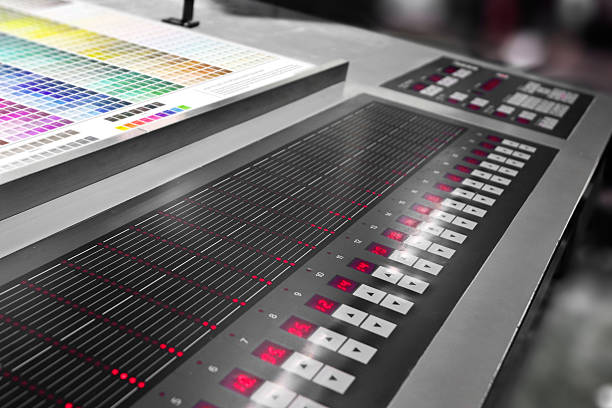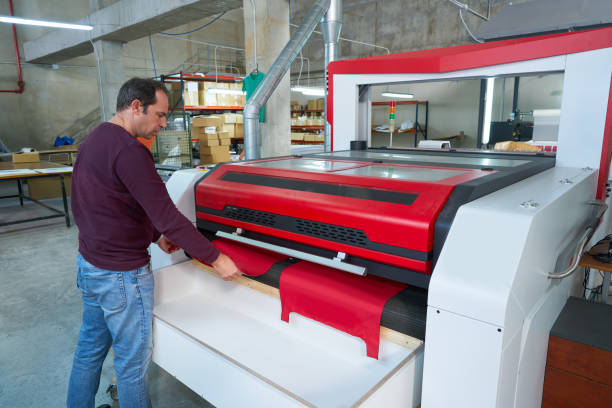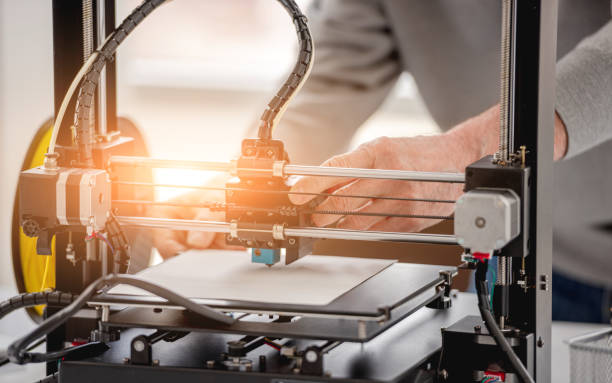In today’s fast-paced and technology-driven world, printing technology has undergone significant advancements to keep up with the ever-evolving needs of businesses and consumers. From traditional printing presses to the latest digital methods, the printing industry has seen a significant transformation over the years. With the rise of e-commerce and online marketing, the demand for high-quality and efficient printing solutions has also increased. As a result, printing technology has become more sophisticated, offering a wide range of printing options to cater to different industries and purposes.
In this article, we will delve into the latest trends in printing technology, exploring the innovations shaping the future of printing. From 3D printing to sustainable and eco-friendly practices, this article will provide an overview of the cutting-edge technologies and techniques revolutionizing the printing industry. So, whether you are a business owner looking for cost-effective and sustainable printing solutions or a printing enthusiast eager to stay updated on the latest trends, this article is a must-read.

Innovative Digital Printing Techniques Evolve
One must recognize the rapid evolution of innovative digital printing techniques in recent years. With technological advancements, the printing industry has witnessed a transformation that has revolutionized how we produce printed materials. From the introduction of high-speed digital presses to the integration of advanced software and hardware solutions, printers now have access to a wide range of cutting-edge tools and capabilities.
These advancements have not only enhanced the speed and efficiency of printing processes but have also enabled the production of high-quality, customized prints with exceptional precision.
Additionally, integrating variable data printing, 3D printing, and augmented reality techniques has opened up new possibilities for personalization, creativity, and interactive experiences for businesses and consumers. As digital printing techniques continue to evolve, it is clear that the printing industry is embracing innovation and the future of printing technology.
Eco-Friendly Options for Sustainable Printing
With the growing awareness of environmental sustainability, the printing industry has also made significant strides in offering eco-friendly options for sustainable printing. Printers are now utilizing recycled and responsibly sourced paper, reducing their carbon footprint and promoting a more sustainable approach to printing.
Additionally, the use of vegetable-based inks, free from harmful chemicals and pollutants, has gained popularity in the industry. These inks not only produce vibrant and high-quality prints but also minimize the impact on the environment.
Furthermore, technological advancements have led to the development of energy-efficient printing machinery, reducing energy consumption and waste generation. By adopting these eco-friendly options, businesses and individuals can contribute to a greener future while meeting their printing needs.

Enhanced Color Accuracy and Quality
The advancement in printing technology has also brought about significant improvements in color accuracy and quality. Printers are now equipped with sophisticated color management systems that ensure precise color reproduction, resulting in prints that closely match the original digital files. These systems utilize advanced color profiles and calibration techniques to optimize color accuracy across different devices and substrates.
Additionally, the use of high-resolution printers and advanced inkjet technologies has allowed for finer details and smoother gradients, enhancing the overall quality of printed materials. Whether it is vibrant photographs, intricate illustrations, or precise color matching for branding materials, the latest trends in printing technology have made it possible to achieve exceptional color accuracy and quality in print outputs.
Efficiency and Automation in Printing
In addition to advancements in color accuracy and quality, efficiency and automation in printing have become integral factors in the latest printing technology trends. With the introduction of sophisticated software and hardware solutions, printing processes have become streamlined, saving time and reducing manual labor.
Automated workflows now enable seamless integration between different stages of the printing process, from file preparation to printing and finishing. This not only eliminates the need for manual intervention but also minimizes the risk of errors and inconsistencies.
Furthermore, the integration of robotics and robotics-assisted systems in printing operations has significantly increased productivity and speed, allowing for higher volumes of output in shorter timeframes.
By embracing efficiency and automation, printing professionals can optimize workflows, boost productivity, and enhance operational efficiency in the dynamic printing industry.

Integrating Mobile Printing Solutions
With the growing reliance on mobile devices in today’s digital age, integrating mobile printing solutions has emerged as a crucial aspect of the latest trends in printing technology. This innovative approach allows users to seamlessly print documents and images directly from their smartphones or tablets, eliminating the need for a traditional computer or laptop.
With specialized mobile printing apps and wireless connectivity options such as Bluetooth or Wi-Fi, professionals can effortlessly send print jobs to compatible printers, enhancing convenience and flexibility. This integration also provides the comfort of printing on the go, enabling users to access and print important documents wherever possible. By embracing mobile printing solutions, businesses can adapt to the evolving needs of their clients and employees, ensuring efficient and hassle-free printing experiences.
Conclusion – Latest Trends in Printing Technology
The printing industry is constantly evolving and adapting to new technological advancements. From 3D printing to eco-friendly options, the latest trends in printing technology are focused on efficiency, sustainability, and digital connectivity. As businesses and individuals continue to demand faster, higher-quality, and more environmentally friendly printing solutions, it is clear that the industry will continue to innovate and evolve to meet these demands. It is an exciting time for the printing industry, and only time will tell what new advancements and trends will emerge in the coming years.

